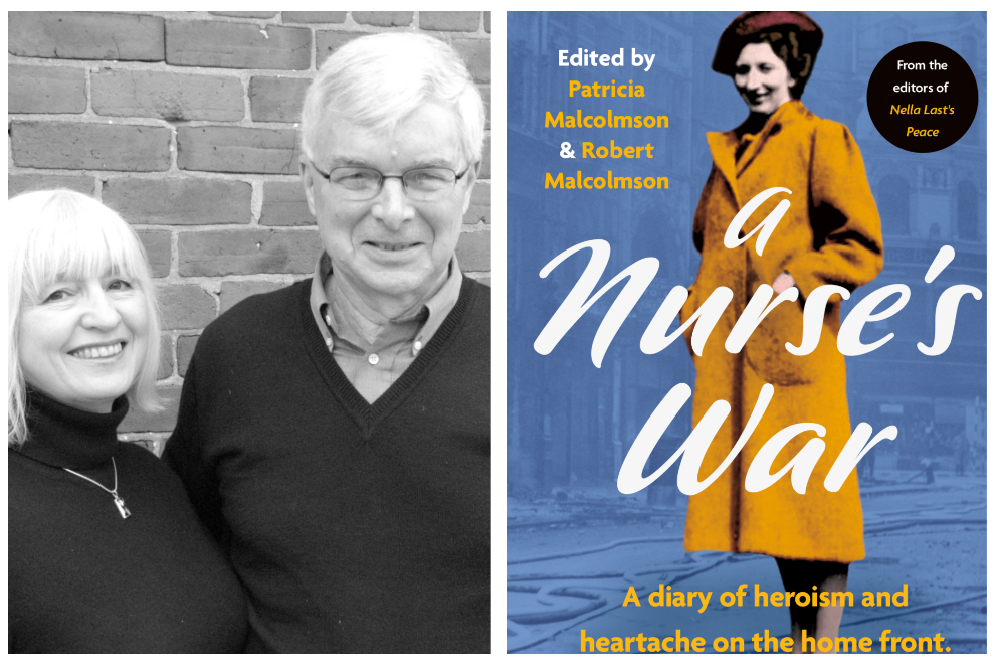The wartime diary of Kathleen Johnstone, A Nurse’s War: A diary of hope and heartache on the home front (HarperNorth, 2022), which we edited, presents a vivid picture of one nurse’s experiences in the 1940s. Kathleen was a nurse-in-training and later state registered nurse at the Blackburn Royal Infirmary in Lancashire, then a voluntary hospital supported by charitable donations; about half of this funding came from the city’s working class, who comprised most of the hospital’s patients. People worked hard and had to cope with wartime stresses and austerity, and nurses had their own special issues to deal with.

Patricia and Robert Malcolmson, A Nurse's War
(1) Nursing embraced a wide range of responsibilities, from menial labour (including cleaning walls and furniture) to feeding infants to decisions that could affect whether a patient lived or died. The most junior nurses carried out the lowliest tasks.
(2) Experiencing death was routine and it was important to disclose little emotion about dying, whatever a nurse’s actual feelings. Sentimentality was taboo.
(3) Rules abounded for hospital nurses, many of these rules (to current eyes) petty; and a nurse could easily feel that while she sometimes held people’s lives in her hands, she was frequently treated by her superiors as a wayward and irresponsible schoolgirl. Kathleen Johnstone took pleasure from bending or breaking certain rules.
(4) Much emphasis was placed on a nurse’s uniform, which had to be worn “just-so” and in accord with strict regulations. A nurse might feel comfortable and nice-looking in one uniform, awkward and ill-at-ease in another. How one looked mattered.
(5) Hospitals were frequently dreary and uncomfortable places for both nurses and patients. Windows in wartime were blacked out, sometimes more or less permanently, thus keeping out natural light and restricting ventilation; and heating was so inadequate that the winter temperature in wards could sink to 43°F and nurses had to appeal to be allowed to wear cardigans over their short-sleeved uniforms.
(6) While the food in hospital was bad, Kathleen acknowledged that she was spared all the frustrations of wartime rationing, which she learned about from her mother and other women running a household. Institutional living, while full of annoyances and constraints, had some advantages.
(7) Since hospitals were among the leading institutions in society employing large numbers of unmarried women, men (most in uniform) were usually delighted to be invited to dances there. And nurses were pleased to be invited to soldiers’ dances (and warned by Matron to behave themselves). For Kathleen dances featured as happy occasions, whatever the character of the men in attendance (in fact, she had few complaints about them).
While these were some of the key features of hospital nursing, there was a lot more to Kathleen’s wartime life beyond her hospital, including visits to the cinema, books (she read a lot), sipping coffee in cafes, navigating the confusions of public transportation, and watching American troops burn through money. They were amongst the many foreigners she encountered, including some wounded German soldiers whose arrival in Blackburn in August 1944 caused much consternation in her hospital.
A Nurse’s War edited by Patricia and Robert Malcolmson is published by HarperNorth on the 21st July.


